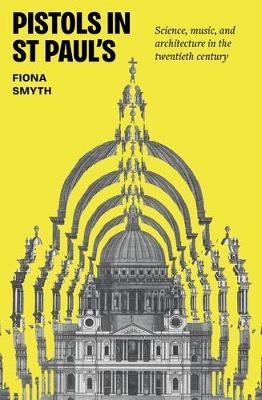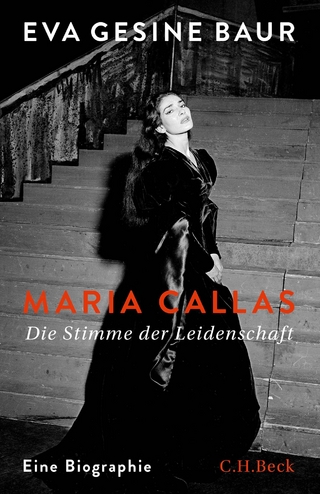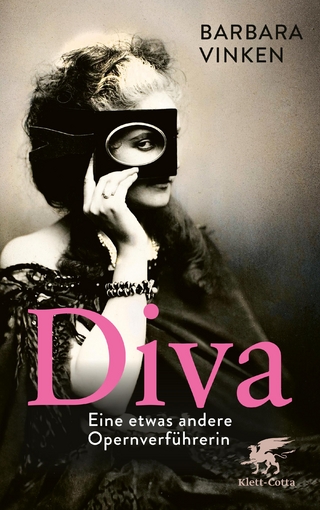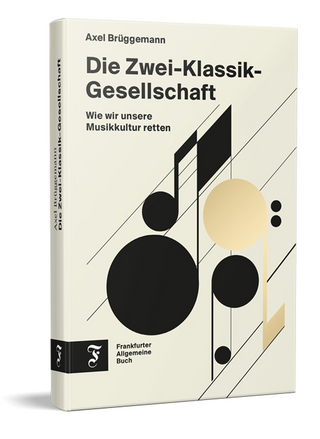
Pistols in St Paul's
Science, Music, and Architecture in the Twentieth Century
Seiten
2024
Manchester University Press (Verlag)
978-1-5261-8020-9 (ISBN)
Manchester University Press (Verlag)
978-1-5261-8020-9 (ISBN)
Investigating a series of cutting-edge acoustic experiments in twentieth-century Britain, this unique book reveals how exciting new ideas from science and music had a lasting effect on architectural design. -- .
A ground-breaking account of the scientists and architects who pioneered acoustics in twentieth-century Britain.
On a winter’s night in 1951, shortly after Evensong, the interior of St Paul’s Cathedral echoed with gunfire. This was no act of violence but a scientific demonstration of new techniques in acoustic measurement. It aimed to address a surprising question: could a building be a musical instrument?
Pistols in St Paul’s tells the fascinating story of the scientists, architects and musicians who set out to answer this question. Beginning at the turn of the century, their innovative experiments, which took place at sites ranging from Herbert Baker’s Assembly Chamber in Delhi to Abbey Road Studios and a disused munitions factory near Perivale, would come to define the field of ‘architectural acoustics’. They culminated in 1951 with the opening of the Royal Festival Hall – the first building to be designed for musical tone.
Deeply researched and richly illustrated, Pistols in St Paul’s brings to light a scientific quest spanning half a century, one that demonstrates the power of international cooperation in the darkest of times. -- .
A ground-breaking account of the scientists and architects who pioneered acoustics in twentieth-century Britain.
On a winter’s night in 1951, shortly after Evensong, the interior of St Paul’s Cathedral echoed with gunfire. This was no act of violence but a scientific demonstration of new techniques in acoustic measurement. It aimed to address a surprising question: could a building be a musical instrument?
Pistols in St Paul’s tells the fascinating story of the scientists, architects and musicians who set out to answer this question. Beginning at the turn of the century, their innovative experiments, which took place at sites ranging from Herbert Baker’s Assembly Chamber in Delhi to Abbey Road Studios and a disused munitions factory near Perivale, would come to define the field of ‘architectural acoustics’. They culminated in 1951 with the opening of the Royal Festival Hall – the first building to be designed for musical tone.
Deeply researched and richly illustrated, Pistols in St Paul’s brings to light a scientific quest spanning half a century, one that demonstrates the power of international cooperation in the darkest of times. -- .
Fiona Smyth is an Assistant Professor in Architectural History and Theory at the University of Cambridge. Her research has been awarded the Newman Medal for Architectural Acoustics by the Acoustical Society of America, the Stanley Smith Prize for Construction History by the Construction History Society and the Hawksmoor Medal for Architectural History by the Society of Architectural Historians of Great Britain. -- .
Introduction
Prologue: pistols in St Paul’s Cathedral
1 1901: music in light of space
2 Science as applied to building
3 Catalysts and controversies
4 Designing for musical tone
5 Leagues apart
6 That little old echo
7 Prelude to reconstruction
Conclusion: 1951: internationalism
Index -- .
| Erscheinungsdatum | 27.08.2024 |
|---|---|
| Zusatzinfo | 22 colour illustrations, 85 black & white illustrations (inc. parts) |
| Verlagsort | Manchester |
| Sprache | englisch |
| Maße | 156 x 234 mm |
| Gewicht | 772 g |
| Themenwelt | Kunst / Musik / Theater ► Musik ► Klassik / Oper / Musical |
| Naturwissenschaften | |
| Technik ► Architektur | |
| ISBN-10 | 1-5261-8020-0 / 1526180200 |
| ISBN-13 | 978-1-5261-8020-9 / 9781526180209 |
| Zustand | Neuware |
| Haben Sie eine Frage zum Produkt? |
Mehr entdecken
aus dem Bereich
aus dem Bereich
wie wir unsere Musikkultur retten
Buch | Hardcover (2023)
Frankfurter Allgemeine Buch (Verlag)
24,00 €


